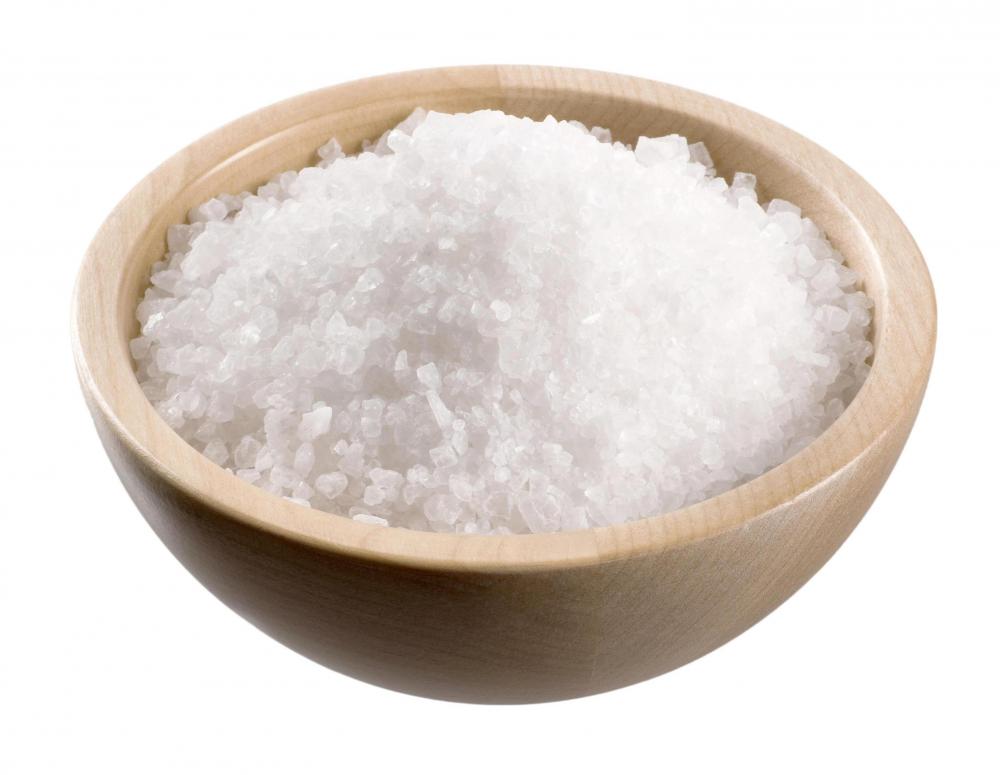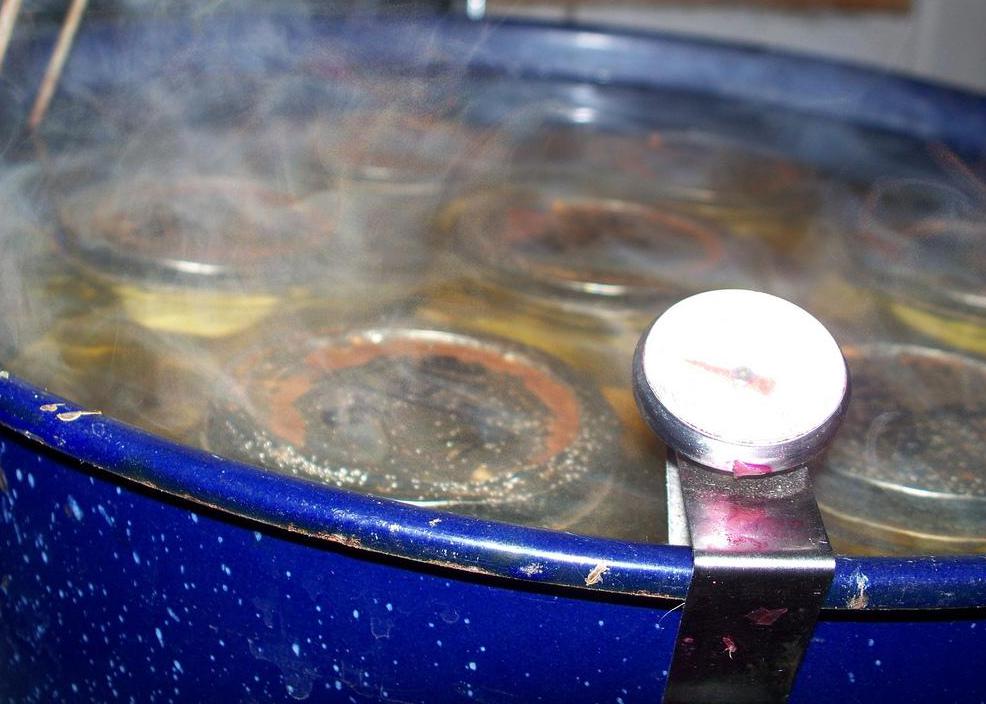At WiseGEEK, we're committed to delivering accurate, trustworthy information. Our expert-authored content is rigorously fact-checked and sourced from credible authorities. Discover how we uphold the highest standards in providing you with reliable knowledge.
What Are the Best Tips for Pickling Green Tomatoes?
Pickling is one of the oldest methods of food preservation and isn’t limited to turning cucumbers into a condiment on a hamburger. Any meat, fruit or vegetable can go through the pickling process, and pickling green tomatoes is an efficient way to use up tomatoes that do not ripen before the end of the growing season. Green tomatoes can be pickled either by fermenting them in brine or, more commonly, fresh-packing them in vinegar. Proper selection, preparation, packing and processing are essential to pickling green tomatoes that are crisp and fresh. Most importantly, the produce and all ingredients need to be fresh and allowed to process and cure properly to ensure a quality finished product.
When choosing the tomatoes to use, one should select only fresh tomatoes that are free from blemishes and completely green; no red should be present. For the best results, freshly harvested green tomatoes should be processed immediately. If store-bought tomatoes must be used or if they will be stored for more than 24 hours after harvest, then green tomatoes should be refrigerated and used as soon as possible. Inexperienced canners should not attempt to use the fermentation method, because this requires a minimum six-week fermentation period before canning and could result in a complete product loss. The fresh-pack method of pickling is typically a faster, easier and more efficient method of pickling green tomatoes.

Fresh-pack pickling, also known as quick-process pickling, requires the use of high-quality vinegar, either white distilled or cider, with a minimum of 4 percent to 6 percent acidity, or 40 grain to 60 grain. Cider vinegar has a mellower acidic taste but may slightly discolor green tomatoes. If white distilled vinegar is used, the tomatoes will have a sharp acetic acid taste that can be countered with the addition of more sugar; one should not decrease the amount of vinegar, because doing so will upset the preservative balance necessary for pickling. When pickling green tomatoes, it is recommended that one use fresh herbs and spices instead of dried or powdered varieties. The whole herbs and spices can be added directly to the vinegar in each jar or they can be tied in a cheesecloth or muslin bag placed in each jar.

Experts recommend using a mixture of 3.5 cups (840mL) vinegar and 3.5 cups (840mL) plus 0.25 cup (60 mL) canning salt water for every 5 pounds (2.3 Kg) of green tomatoes. Any herbs and spices can be used when pickling green tomatoes, but dill and garlic are the most common. Before packing the jars, the water, vinegar and salt should be brought to a boil; the tomatoes and spices should then be added to each jar.

Next, the vinegar mixture should be poured over the green tomatoes, leaving a 0.25-inch (6 mm) headspace. The jars should then be processed for 15 minutes in a boiling water bath canner, starting the time as soon as the jars are immersed. After canning and cooling the jars, they should be stored in a cool, dark spot for four or five weeks so they can cure before being used.
AS FEATURED ON:
AS FEATURED ON:















Discussion Comments
@heavanet- If possible, you should plan to pick your fresh, green tomatoes for pickling before they get too soft. I pickle green tomatoes every year, and the process of preserving them this way will make them turn a bit soft. If you start with tomatoes that are already getting soft, they might get very mushy or even fall apart after you pickle them.
A good tip that you can follow when choosing your green tomatoes is that they shouldn't be so hard that you can't dent them when you squeeze them gently. On the other hand, if they seem to be softer than a tennis ball when you squeeze them, they are most likely too soft for pickling.
I always have a lot of green tomatoes left over every growing season, but I never thought about pickling them. Should I use soft or hard green tomatoes when I preserve them using this method?
Post your comments